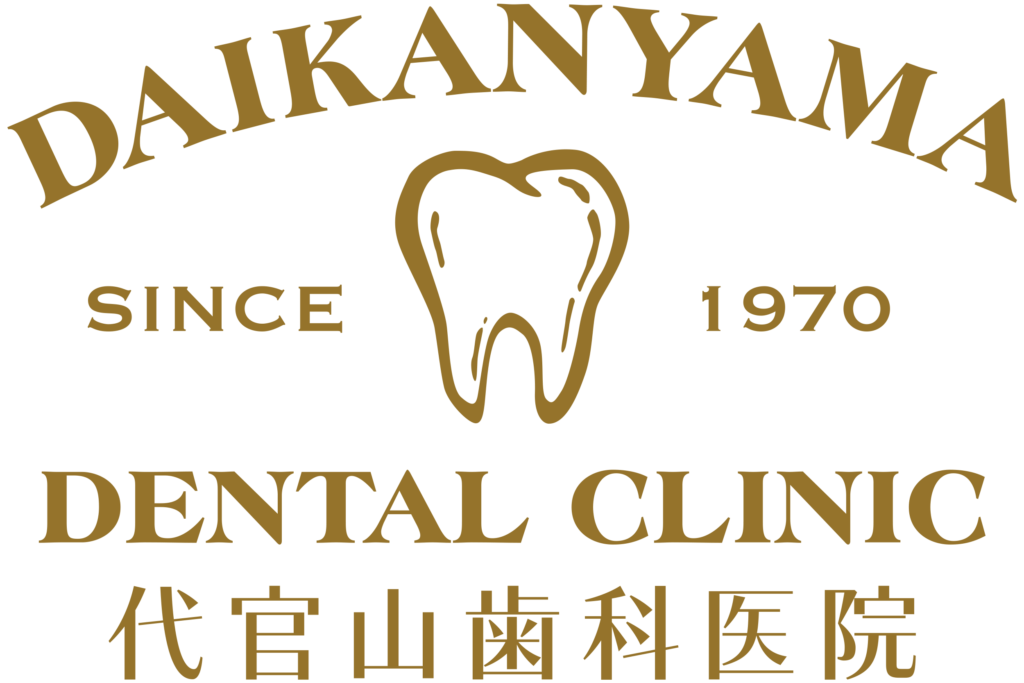Contact Us
- 03-3462-0787
Comprehensive Dental Examinations / Professional Dental Cleaning
Comprehensive Dental Examinations
Comprehensive dental examinations are an important part of maintaining your oral health. We exam the followings;
What we check
① Tooth Decay and Cavities
These are areas of the teeth that have lost calcification, which is the loss of hard tooth structure because of bacterial attack. The color of the tooth has changed, and when further examined with x-rays, the doctor can identify the severity of the cavities. With this knowledge of your teeth, he can propose measures to restore the lost tooth structure.
② Gingivitis and Recession
Inflammation of the gums manifests itself with bleeding gums. Gum recessions are areas where the gums have pulled away from the teeth. This can be very painful, and leave your exposed teeth more prone to cavities. A gum exam will allow us to identify the cause of the problem and propose a treatment to restore healthy, pinkish, non-bleeding gums.
③ Periodontitis (Supporting Bones)
The teeth are supported in your jawbones by the gums and the underlying bone. To keep your teeth healthy for a lifetime, the bone structure needs to stay healthy.
Gum Exam
Dentist or hygienist will measure the depth of the gum pocket by gently inserting the narrow end of a small tool called a periodontal probe into the space between your tooth and gum. A periodontal exam with the aid of dental x-rays will allow us to assess the condition of the supporting bone. We can detect a problem early on from Gum pocket check and Dental X ray. We can propose measures to restore and maintain health.
Q:Is a Dental Examination Right for You?
Yes, a dental examination is right for you! Don’t wait until you are in pain to come to the dentist. A tooth or its root might be damaged and you would not necessarily know it until you are in pain. By then, you have missed the time frame where it could have been prevented. What might have been a very tiny procedure could develop into a large procedure.
Professional Dental Cleaning
Professional Dental Cleaning
Professional dental cleanings depending on the health of your teeth and gums, we recommend two types of dental cleanings:
1. Dental Prophylaxis
A professional dental cleaning, also called prophylaxis, removes these three things from your teeth:
① Dental plaque is a biofilm of microorganisms mostly bacteria. It is a sticky film that forms on your teeth.
② Calculus, also known as tartar, which is plaque that has calcified by absorbing minerals from your saliva.
③ External stains from coffee, teas、other foods and smoking.
By removing the plaque, calculus and stain, the gums become healthier (less inflamed because of the irritation of the plaque and calculus) and therefore will bleed less and become less tender. By controlling the inflammation of the gums, we also prevent periodontal disease (bone loss) because the chronic inflammation of the gums and the presence of calculus lead to inflammation and loss of the bone.
2. Deep Cleanings: Scaling and Root Planing
Deep cleaning, also known as scaling and root planing, is performed when there is substantial accumulation of calculus under the gums causing severe inflammation of the gums and bone loss (periodontal disease). The aim of the deep cleaning is to remove all the calculus deposits from the teeth and smoothen the teeth to make it easier to brush and floss and harder for the plaque to stick.
